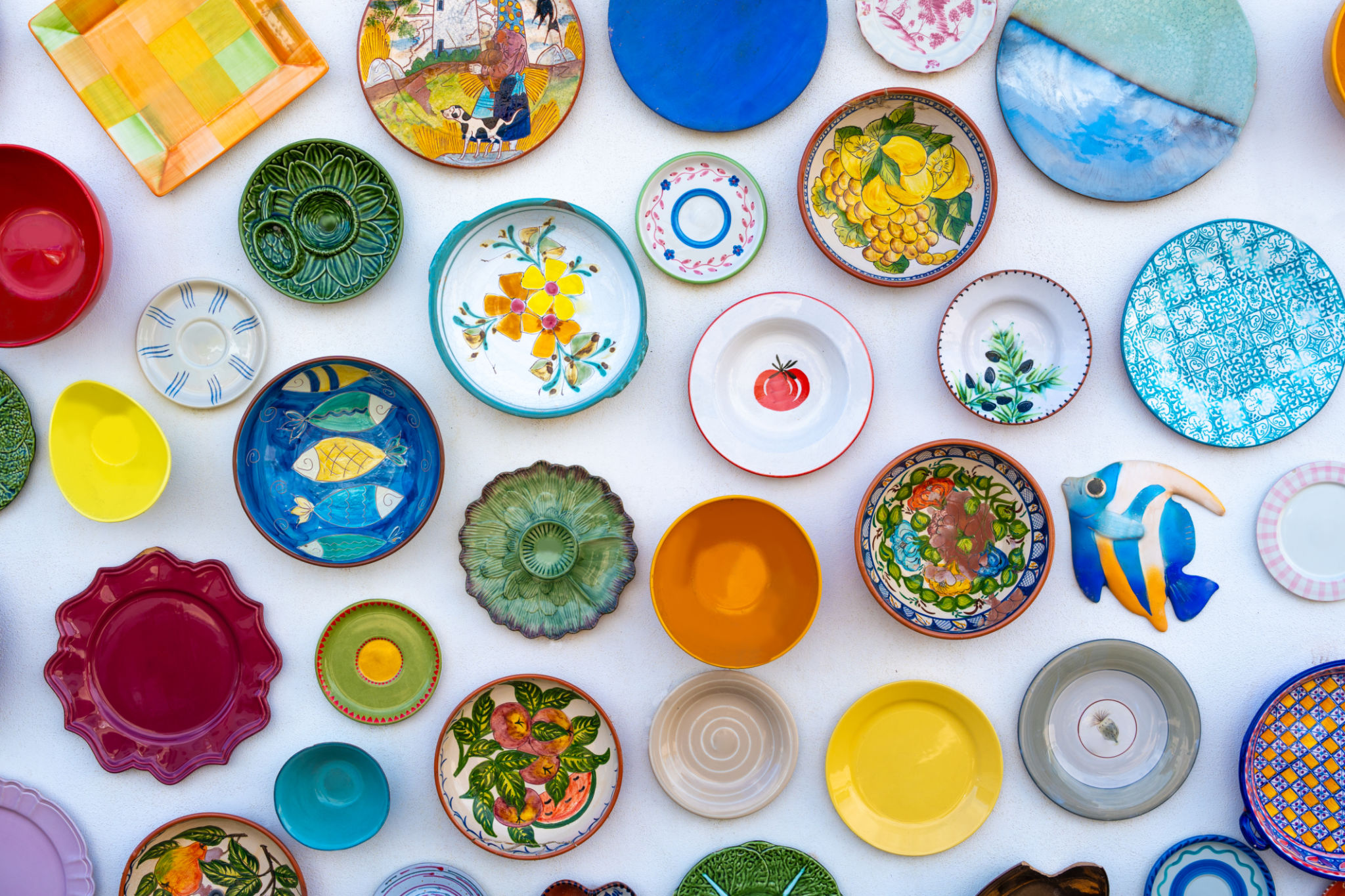Face Painting and Cultural Festivals in India: A Vibrant Tradition
Introduction to Face Painting in India
Face painting is a captivating art form that has been an integral part of cultural festivals in India for centuries. This vibrant tradition is more than just an expression of creativity; it is a reflection of the rich cultural diversity and spiritual beliefs that define the country. From religious ceremonies to regional festivals, face painting plays a significant role in various celebrations across India.
The Historical Significance
The history of face painting in India dates back to ancient times, where it was used as a part of religious rituals and traditional performances. In various regions, face painting is believed to invoke divine blessings and protect against evil spirits. This practice is deeply rooted in Indian culture and continues to be an essential element of many festivals.

Regional Variations
Each region in India has its unique style of face painting, reflecting local traditions and cultural beliefs. In Kerala, face painting is an integral part of the Theyyam ritual, where performers don elaborate designs to personify deities. In contrast, during the festival of Holi in North India, colorful powders are used to adorn faces, representing the joy and vibrancy of spring.
Kathakali and Other Classical Arts
Kathakali, a classical dance-drama from Kerala, is renowned for its elaborate costumes and striking face paint. The intricate patterns and bold colors are not just for aesthetic appeal but serve to convey emotions and denote different characters. Other classical art forms like Bharatanatyam and Odissi also incorporate subtle face painting to enhance the dancer's expressions.

Modern Interpretations
While traditional face painting continues to thrive, modern interpretations have emerged, blending contemporary art with age-old practices. Artists experiment with new techniques and styles, often incorporating elements from global cultures. This fusion has led to a resurgence of interest in face painting, especially among the younger generation.
Face Painting at Contemporary Festivals
In recent years, face painting has become a popular attraction at contemporary cultural festivals in India. Events like the Jaipur Literature Festival and Sunburn Music Festival feature face painting booths where attendees can get creative designs. These festivals provide a platform for artists to showcase their talent and engage with a diverse audience.

The Cultural Impact
Face painting is more than just an art form; it is a cultural phenomenon that brings people together. It fosters a sense of community and shared identity, allowing individuals to express themselves while celebrating their heritage. The vibrant colors and intricate designs symbolize the unity in diversity that is the hallmark of Indian culture.
Preserving the Tradition
Efforts are being made to preserve the traditional art of face painting amidst the rapid modernization of Indian society. Cultural organizations and government initiatives promote workshops and exhibitions to educate people about this art form. By supporting local artists and encouraging participation in cultural festivals, these efforts aim to keep this vibrant tradition alive for future generations.

Conclusion
Face painting is a beautiful representation of India's rich cultural tapestry. It is an art form that transcends time, continuously evolving while remaining deeply rooted in tradition. As we celebrate the myriad festivals across India, face painting serves as a reminder of the country's artistic heritage and the enduring power of cultural expression.
